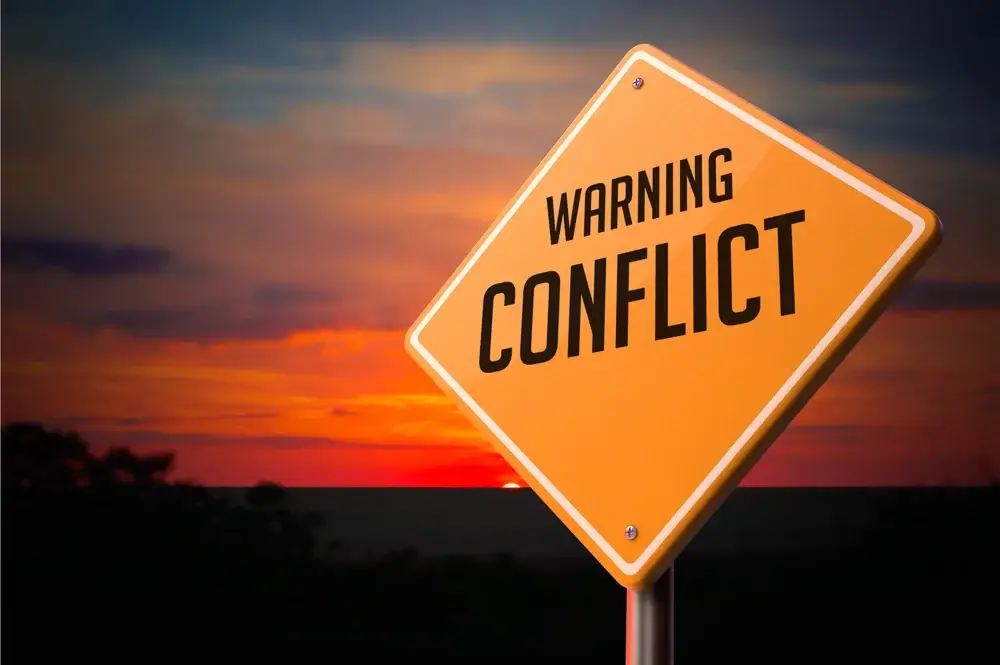Conflict Resolution Models
In the current news cycle of partisan politics, high-stakes debates, and ceaseless gaffe hunting, public models of conflict resolution can be hard to come by.
When managing conflict, there is no catch-all method to successful resolution. However, there are three critical elements to consider which will significantly improve your experience when navigating choppy waters: an awareness of various conflict-management strategies; recognition of your own natural proclivity during conflict situations; and the ability to diagnose the best conflict resolution method for the environment at hand.
The Thomas-Kilmann Conflict Mode Instrument (TKI) comprises five key components along two separate parameters: assertiveness and cooperativeness. TKI defines assertiveness as, “the extent to which the individual attempts to satisfy his or her own concerns,” and cooperativeness as, “the extent to which the individual attempts to satisfy the other person’s concerns.
Using these base dimensions, assertive strategies to managing conflict encompass competing and collaborating, while cooperative methods involve avoiding and accommodating. The art of compromise lies directly at the center since its very nature is to seek a middle ground.
The TKI method stresses the importance of applying the most appropriate strategy to individual situations. For example, at first glance, dealing with conflict by avoiding the situation doesn’t sound like a very strong approach. However, as authors Kenneth Thomas and Ralph Kilmann point out, there are instances when avoidance is appropriate, such as: when issues are seemingly or relatively unimportant; when you need to let emotions cool down or need to collect more information; when others can resolve an issue more effectively; or simply when the costs of confronting an issue outweigh the benefits of a resolution.
Another model, designed by Craig Runde and Tim Flanagan in the book Becoming a Conflict Competent Leader: How You and Your Organization Can Manage Conflict Effectively, more directly indicates which conflict management behaviors are either constructive or destructive.
In the Runde-Flanigan model, the chief parameters of defining conflict management strategies are whether they are active, passive, constructive or destructive. In this model, even if avoidance has its place, it is typically a destructive behavior.
While differing slightly in their presentation, both models identify similar tendencies to approaching conflict. Whether passive, active, assertive, cooperative, constructive, or destructive, it is critical that you identify your personal instinctive reaction to most conflict situations. No one (or hardly anyone, hopefully) will retaliate or demean others in every single conflict encounter, but there are those who might do so in the majority of situations. An ongoing diet of these destructive behaviors can be the “nails in the coffin” for a personal or workplace relationship. In addition, we all probably know people who are typically competitive by nature, or tend to accommodate others instead of sticking up for themselves. We assert that the question is less about the right or wrong way to address the conflict and more about the outcome that is desired and if the behavior meets that end.
One way to help improve your odds of utilizing an appropriate method for specific situations is by identifying your own natural response, then asking yourself, “am I acting this way out of proclivity or strategic choice?” Without knowing you have a particular knee-jerk reaction to issues, it is all the more difficult to diagnose an appropriate response in the moment. Simple awareness of your natural style opens the possibility for other, more intentional options.
There are many ways to determine your personal style. One is by taking any of several self-assessments, such as the Thomas-Kilmann Conflict Mode Instrument (TKI) Assessment.




